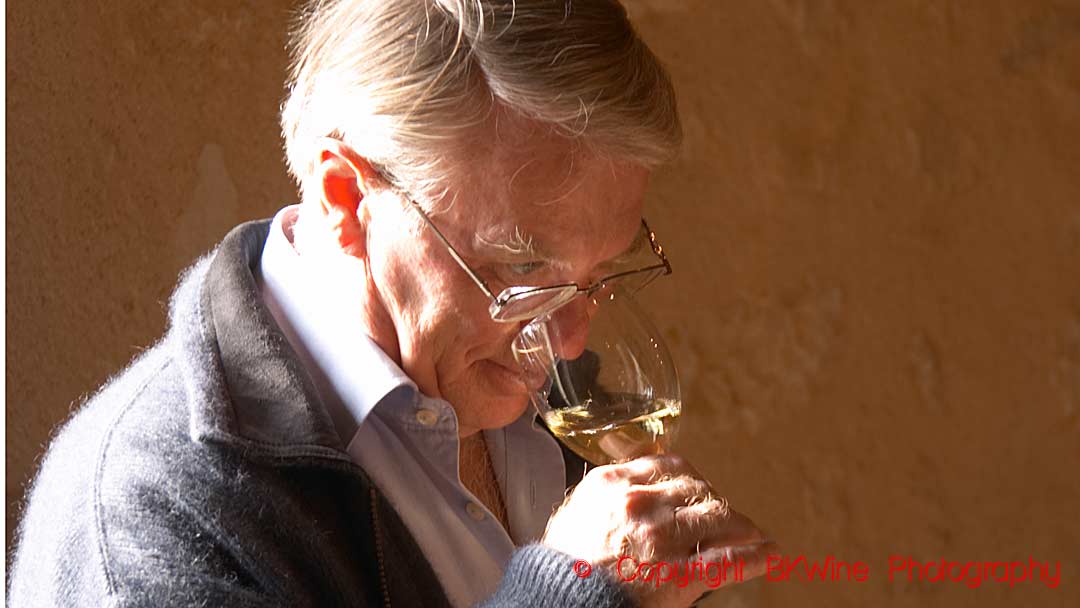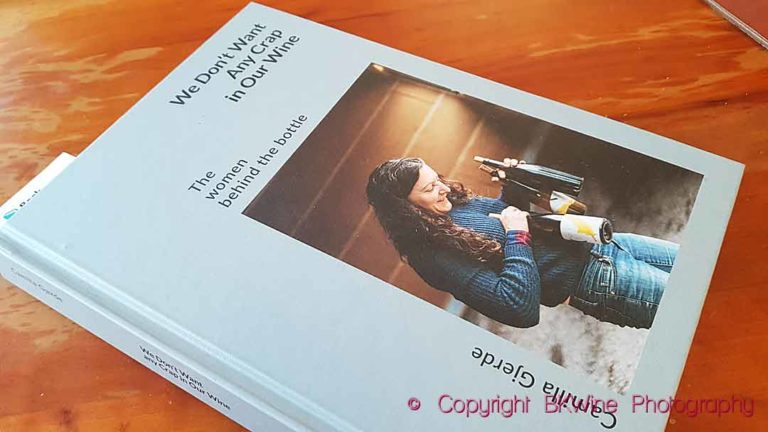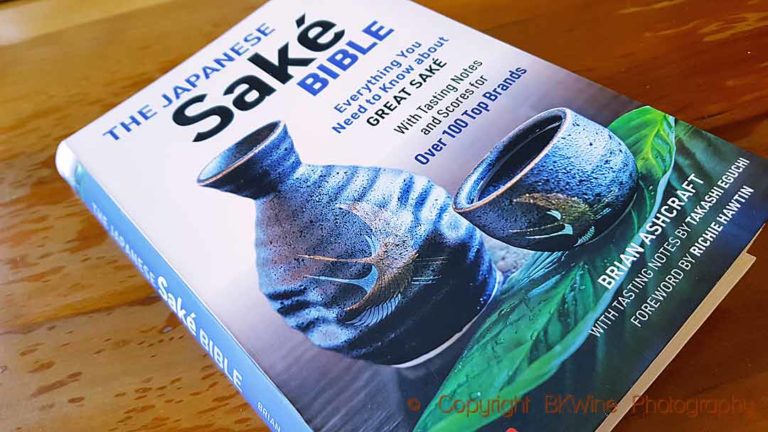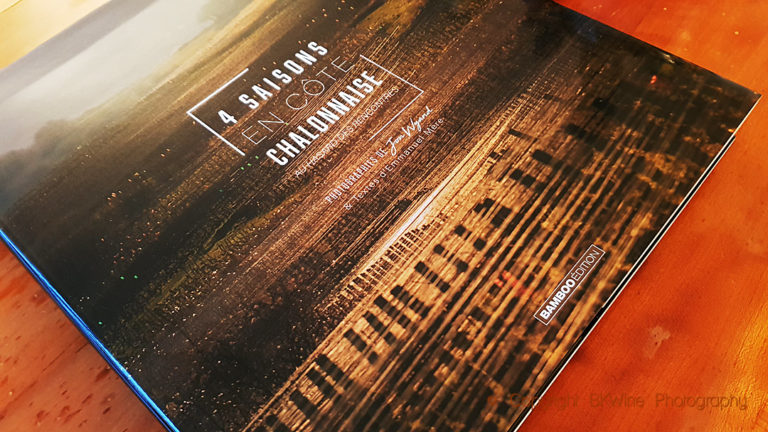Describing wine is, at the same time, very personal and very scientific. What you perceive when you sniff or taste a wine depends on your own previous experiences (and imagination) and how your brain makes associations. However, it is also entirely based on chemicals; the smells and tastes come from volatile chemical compounds in wine that have specific smells or tastes. “Le souffle du vin” by Luigi Moio and “Les Parfums du vin” by Richard Pfister explore this in two very different, original and exciting ways. Read them if you can!
These two books are fascinating to read and provide a tremendous amount of facts on a subject that is often treated very haphazardly and unscientifically. They are definitely recommended reading for anyone interested in wine and wine tasting. They are very different, so very complementary. They both share one “drawback”, though. They are (currently) not available in English. But that should be easily fixed.
“Les parfums du vin” (“the smells in wine”) by Richard Pfister
“Les parfums du vin” is written by Richard Pfister, a Swiss oenologist and perfumier who is also a consultant to the International Organisation of Vine and Wine (OIV). You could read the title as meaning the various perfumes in wine, but I think a better translation is simply the different smells or aromas in wine.
The bulk of the book is a catalogue of the various smells that one can find in wine, as seen from a “normal” consumer’s point of view (why I say “normal consumer” will be explained when I talk about the other book). When we describe wine, we usually use similes, saying, for example, “the wine has aromas of vanilla” (often barrel ageing) or “cut grass” (often sauvignon blanc), or “blackcurrants (cassis)” (often cabernet sauvignon) etc. There’s a good reason for this. Wine can contain the same kind of chemical compounds as those found in the things we compare it with.
The book lists a vast spectrum of these aromas, each with an explanation of what it is and how it relates to wine. It also gives some of the most important chemical compounds for it. As an example, blackcurrants are explained as a fruit with the Latin name Ribes nigrum, mainly grown in northern Europe. It is found in many different wines, for example aleatico, cabernet sauvignon, malbec, merlot and many others. The main chemical components are methyl propionate, eugenol, methyl mercaptopentanone and damascenone (which you might not want to remember). The explanation is, of course, much more detailed in the book.
Another example: (Natural) “rubber” comes from latex, a product made from the sap of an Amazonas tree. The aroma can be present in wines that have an issue with reduction or when pumps have been used in a careless way in the vinification. The main component is carbon disulfide (CS2).
All these aroma components are classified into different categories, similar to the “aroma wheel” that many are familiar with: spicy, floral, animal, wooden, lactic, empyreumatic (burnt), fruity, vegetal, and mineral, with a special section on defects in wine.
The first part of the book explains the context. It starts with how these aromas end up in wine. It has a short section on how to taste wine and how our sense of smell works, as well as suggestions on how to improve your capabilities to identify and memorise smells.
It is an excellent handbook and guidebook to help wine tasters identify smells and become better structured in describing wines.
“Le souffle du vin” by Luigi Moio
The title of the other book, “Le souffle du vin” (“Il respiro di vino” in the original Italian version), is more challenging to translate. It could be “the breath of wine” or “the whiff of wine”. Le Souffle du vin is written by the Italian Luigi Moio. He is president of the International Organisation of Vine and Wine (OIV). Moio is actually a research scientist and professor specialising in sensory perception, biochemistry and aroma technology, but he is also a winery owner and winemaker in Campania, close to Naples.
Superficially, Le souffle du vin covers exactly the same subject as Les parfums du vin, but it does it in a very different way. It is more technical, tracing the origins of the various aromas in wine, how they develop during vinification and then what happens in the bottle and glass. Having a little bit of understanding of chemistry certainly helps when reading the book, but it is perhaps not entirely necessary.
The book’s subtitle is “understanding the aromas in wine in order to drink with more pleasure”. Indeed, having to make an effort to achieve something can often result in more satisfaction when the objective is reached. It is not a book that you read in one go on a Friday evening, but it is a book that will give you a much better understanding of why wine smells (tastes) as it does. In fact, I have seen no other book – written for non-professionals – that describes competently what is covered in this book.
It covers some of the “basics” of the sense of smell and of smells (aromas) but in much more detail than “basic”. And then, the book takes you through the whole trip from grape to glass:
Moio starts by discussing what aromas you can find in the grape, which are not many of the same aromas as in the wine. Instead, the grape has taste (aroma) precursors, explained in detail. Next comes the smells of the must, the crushed and then fermenting grapes, which brings us to what he calls “the big bang” of smells. When nascent the wine develops its own aromas.
Throughout the book, Moio structures and classifies the flavours (smells, aromas) in different ways to make sense of this subject that is otherwise often very elusive. For example, there are “soloist” wines where one type of aroma dominates (muscat, gewurztraminer…), and there are “orchestral” wines which are more elusive but also more complex (from grapes such as garganega, sangiovese, fiano etc.
The book also deals with other factors that influence the taste of wine, the malolactic fermentation, ageing in barrel, using cultured or “natural” yeast, including illustrating the questionable aspects of some of the things said about this. (For example, on “natural” or “wild” yeast: “The idea that yeast can be found on the grapes, more precisely on the waxy surface that covers them, is it mistaken? All specialists who have conducted research on the microbial ecology of the grapes’ surface have concluded that it is rare to find Saccharomyces on the skin of the grapes.”)
In short, this is a book that explains – in detail! – all you can wish to know about the aromas in wine, the evolution from grape to glass as well as the chemistry behind it. And all along the way, Luigi Moio explains how some “received ideas” about wine don’t really fit with science.
It is a book that is a treasure trove of knowledge, and given the effort it takes to read it, it certainly will enhance your pleasure of drinking the wine. It is a pity it is not available in English. It would have been helpful for the world literature on wine.
One additional section in the book made it particularly enjoyable to read. At the very beginning of the book, Luigi Moio explains how he, as a newly arrived researcher in Dijon, was invited to dinner at a colleague’s. Over dinner, the host, Pascal, and his wife, Geneviève, opened some bottles of wine, but only one of them knew what wine it was. The other had to taste, think, analyse and try and identify what it was. This made the young Moio even more eager to explore the world of aromas. This is precisely the same kind of guessing game we have at home, every dinner, every day. Either I choose the wine and Britt has to guess, or Britt chooses the wine and I have to guess. More often than not, we’re wrong, but it is good training and very fun.
“Le souffle du vin” and “Les parfums du vin” are two excellent and unique books that will make you understand wine and wines’ aromas and flavours better. One is a very useful and practical guide- and handbook; the other will bring your understanding of wine aromas and wine production to new levels. Read them if you can, if you read French or Italian. It would be a service to the wine world if they were available in English.















